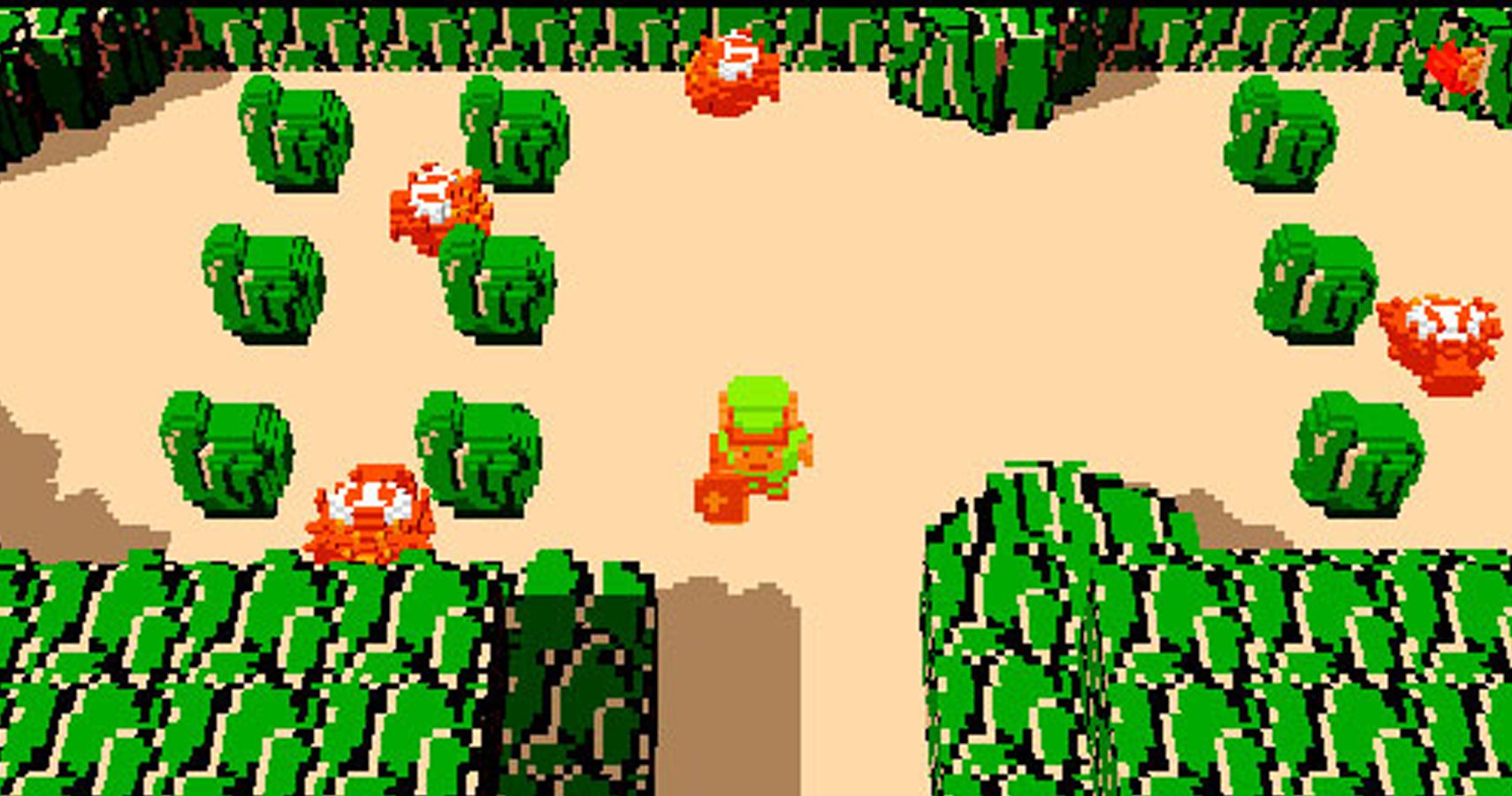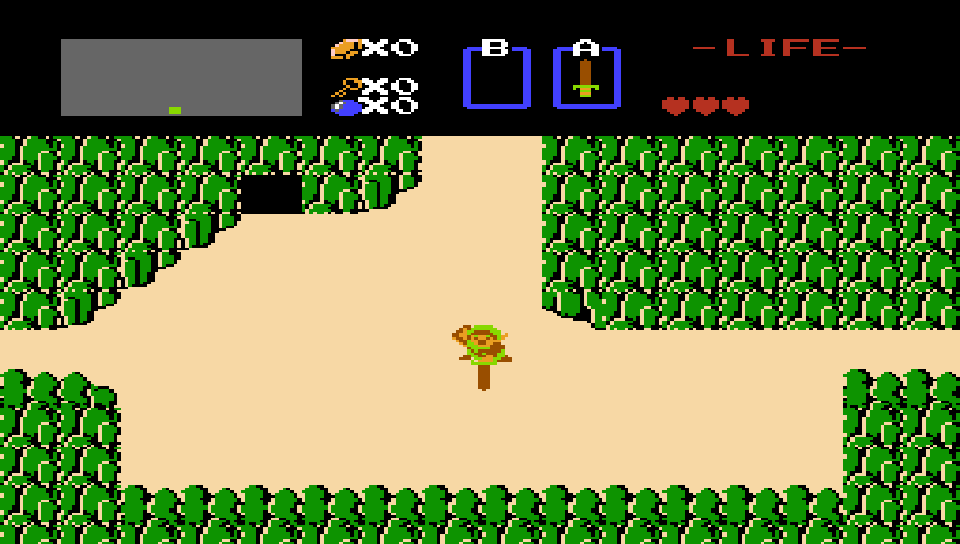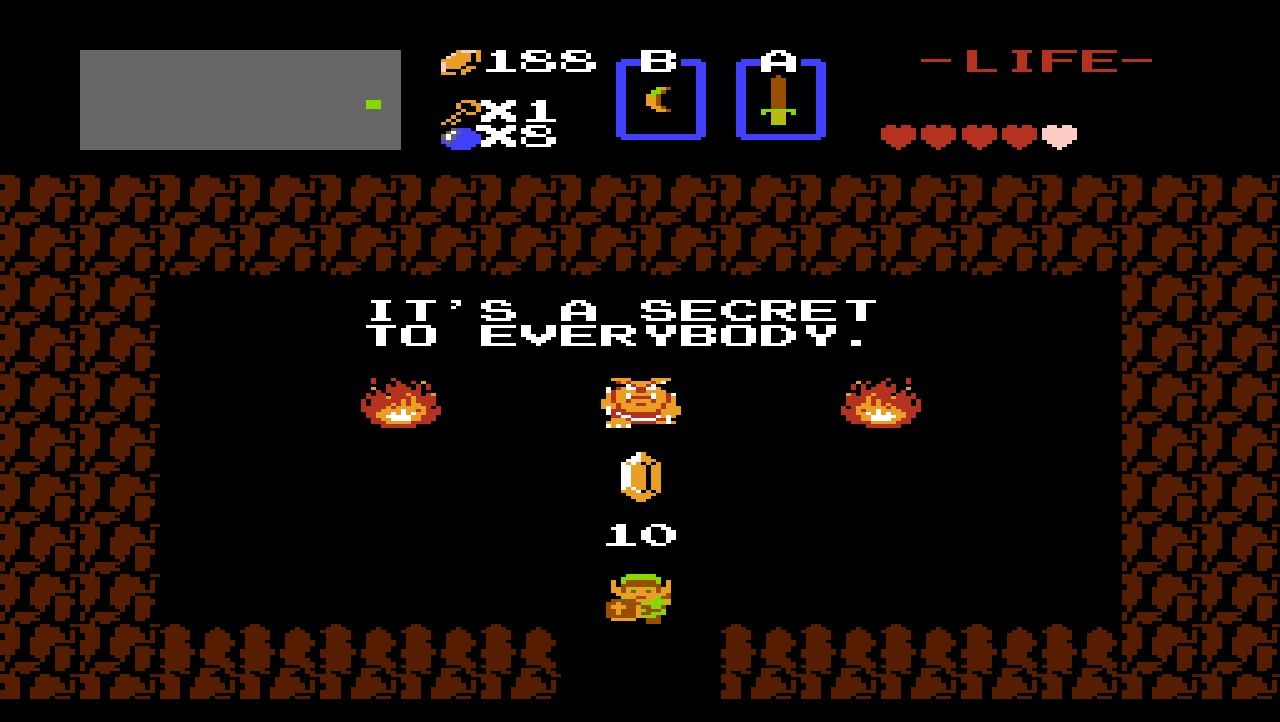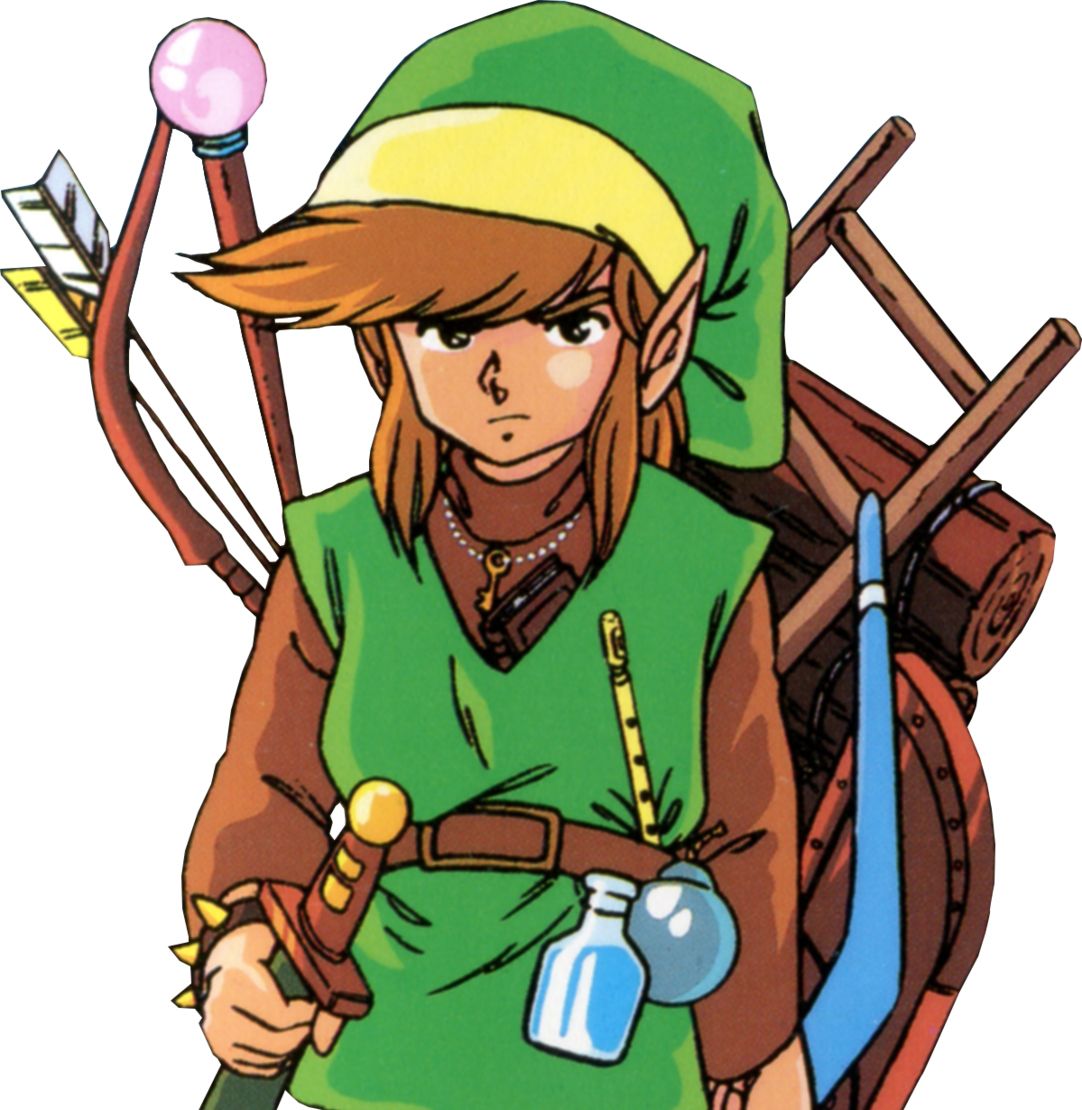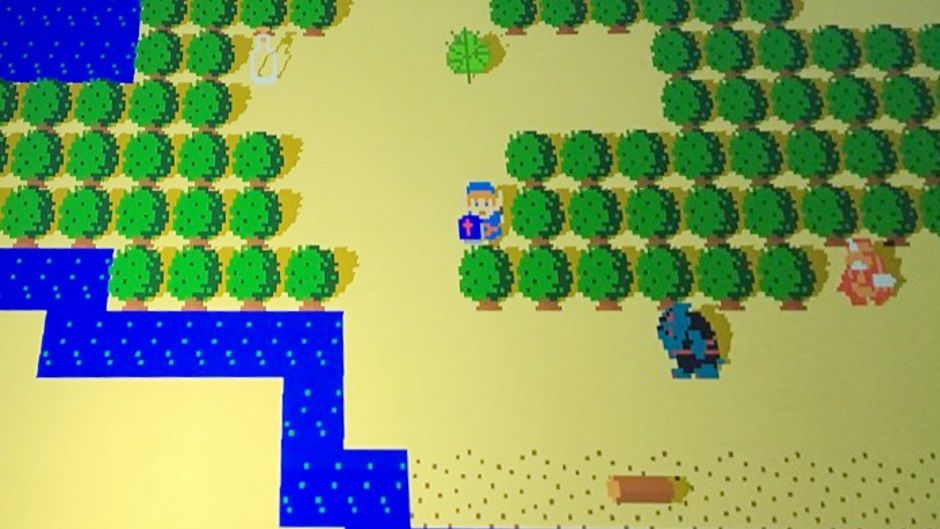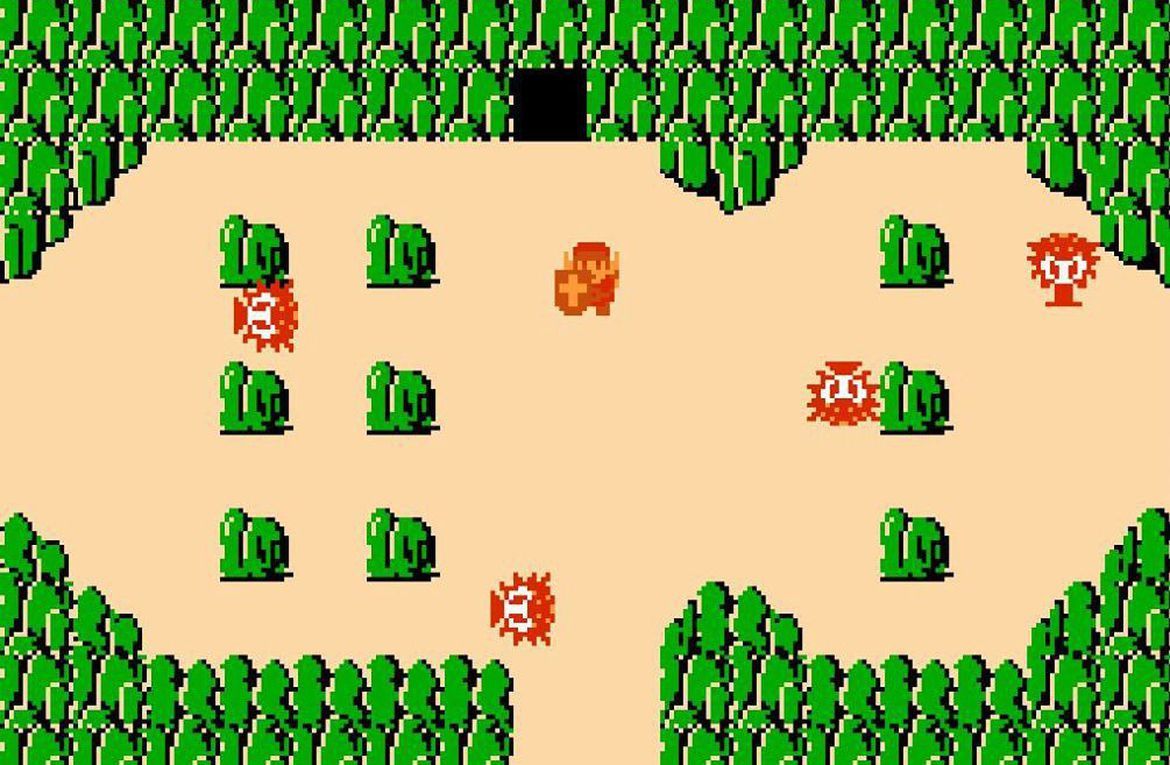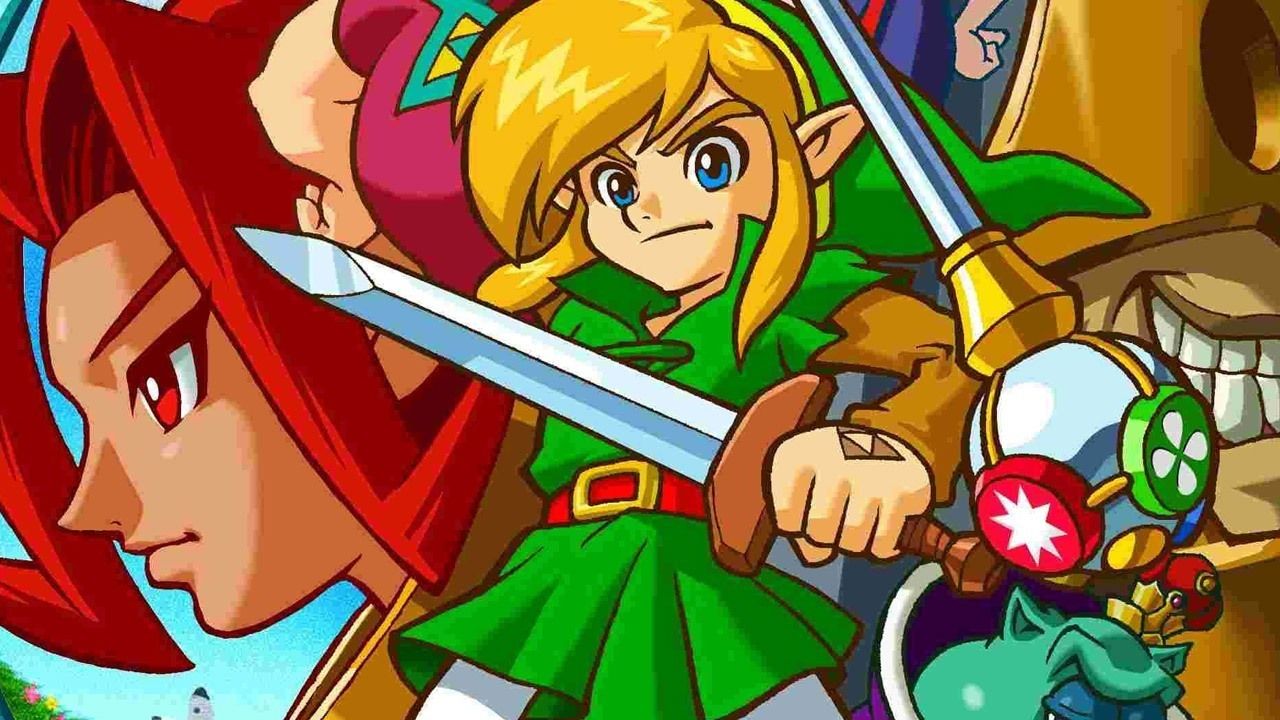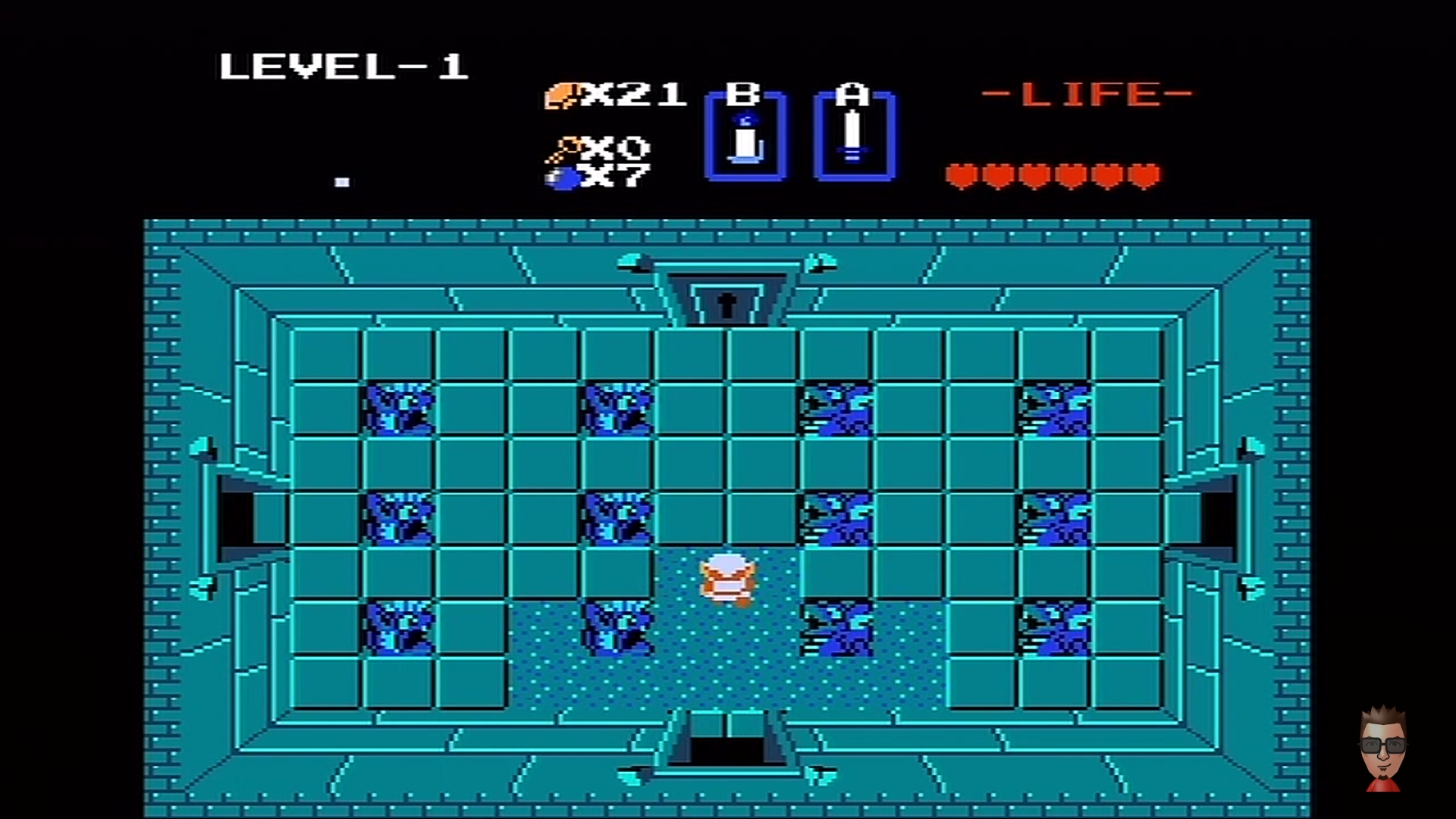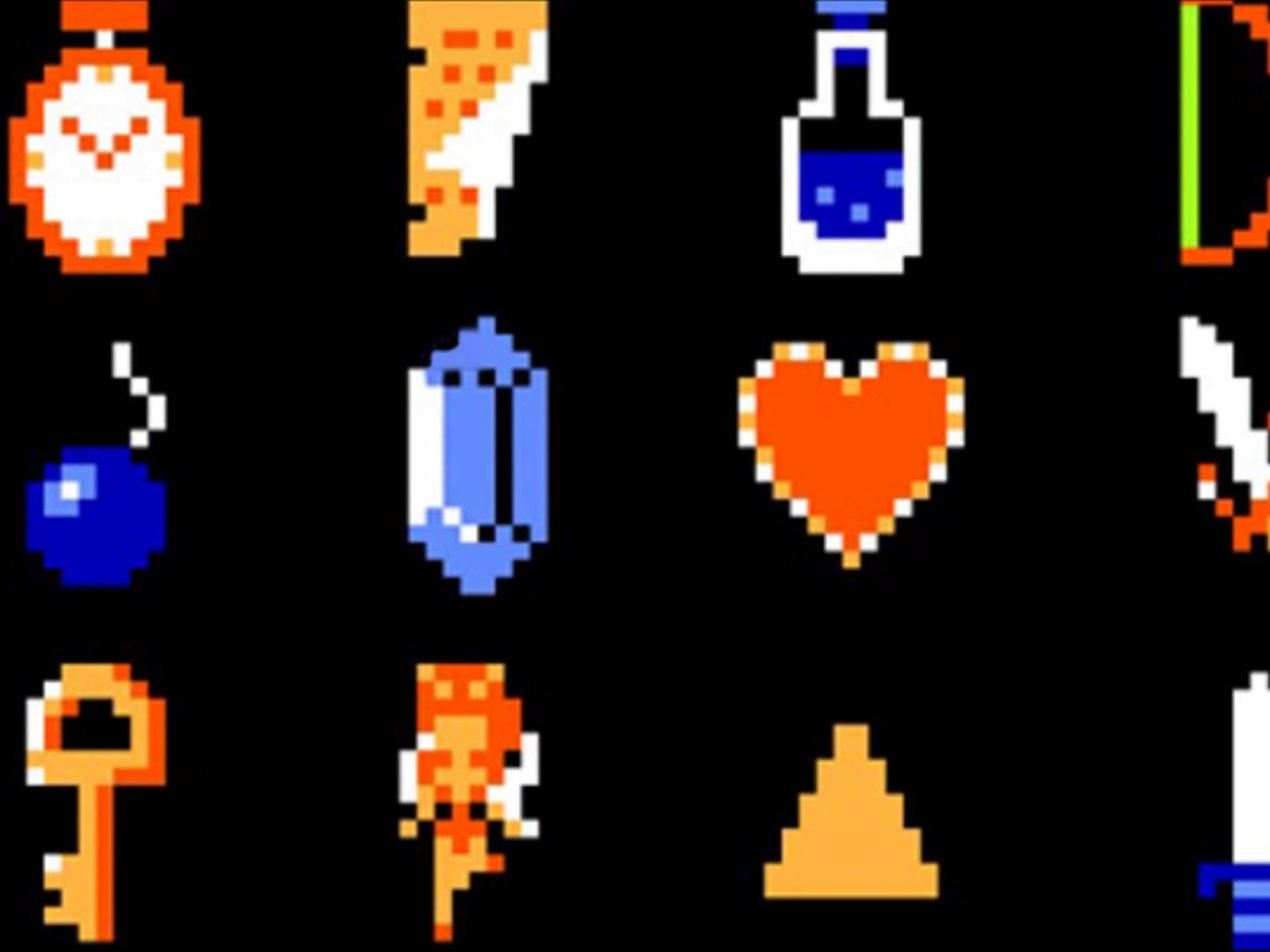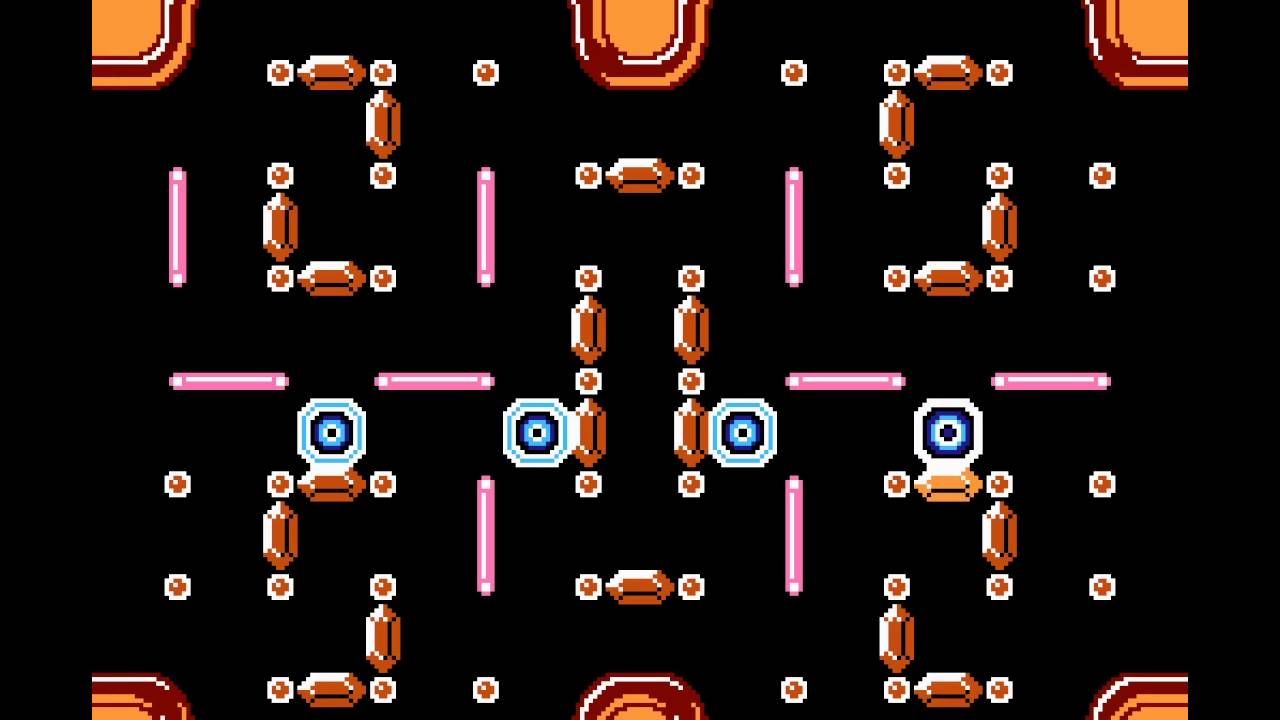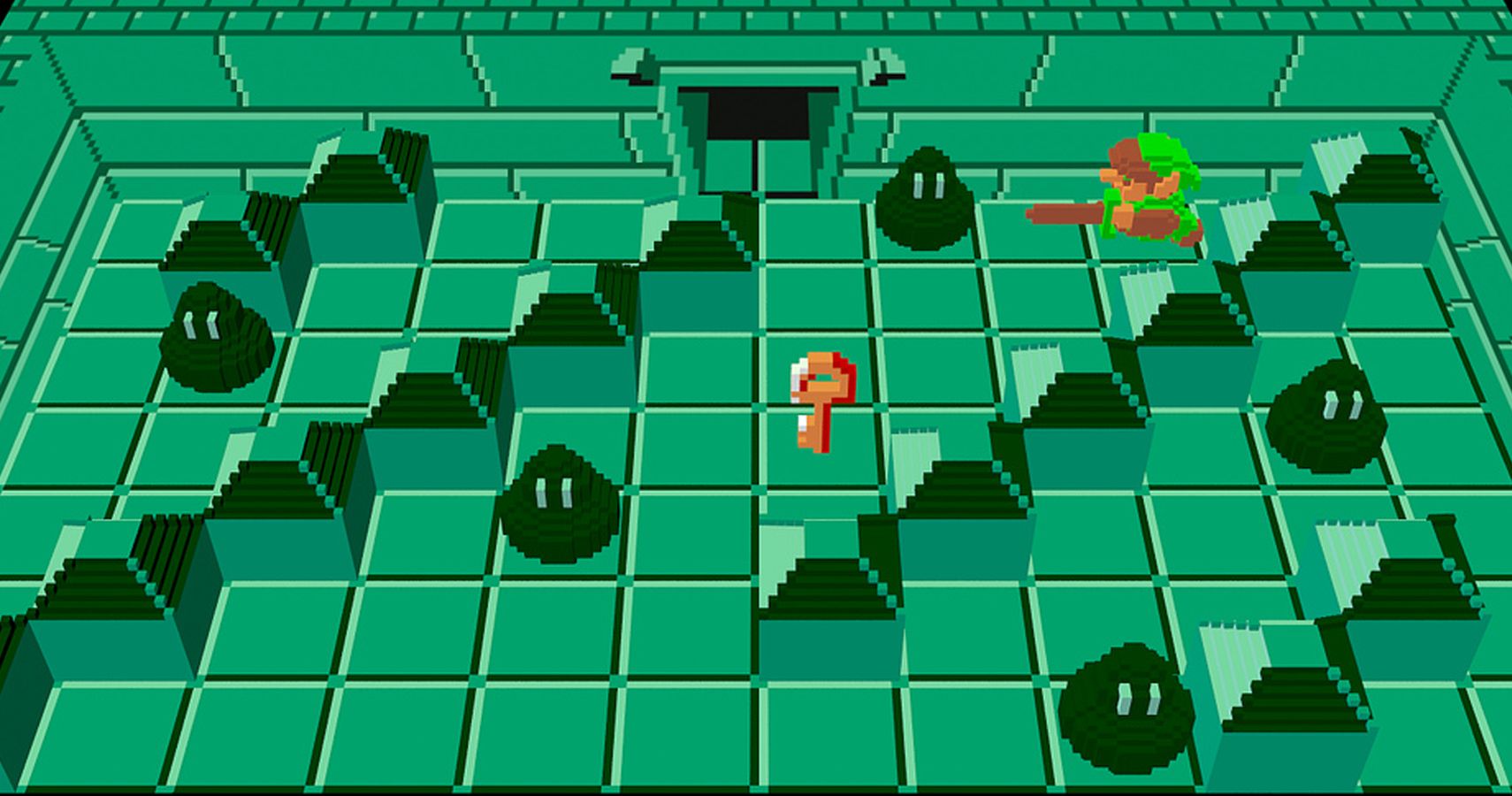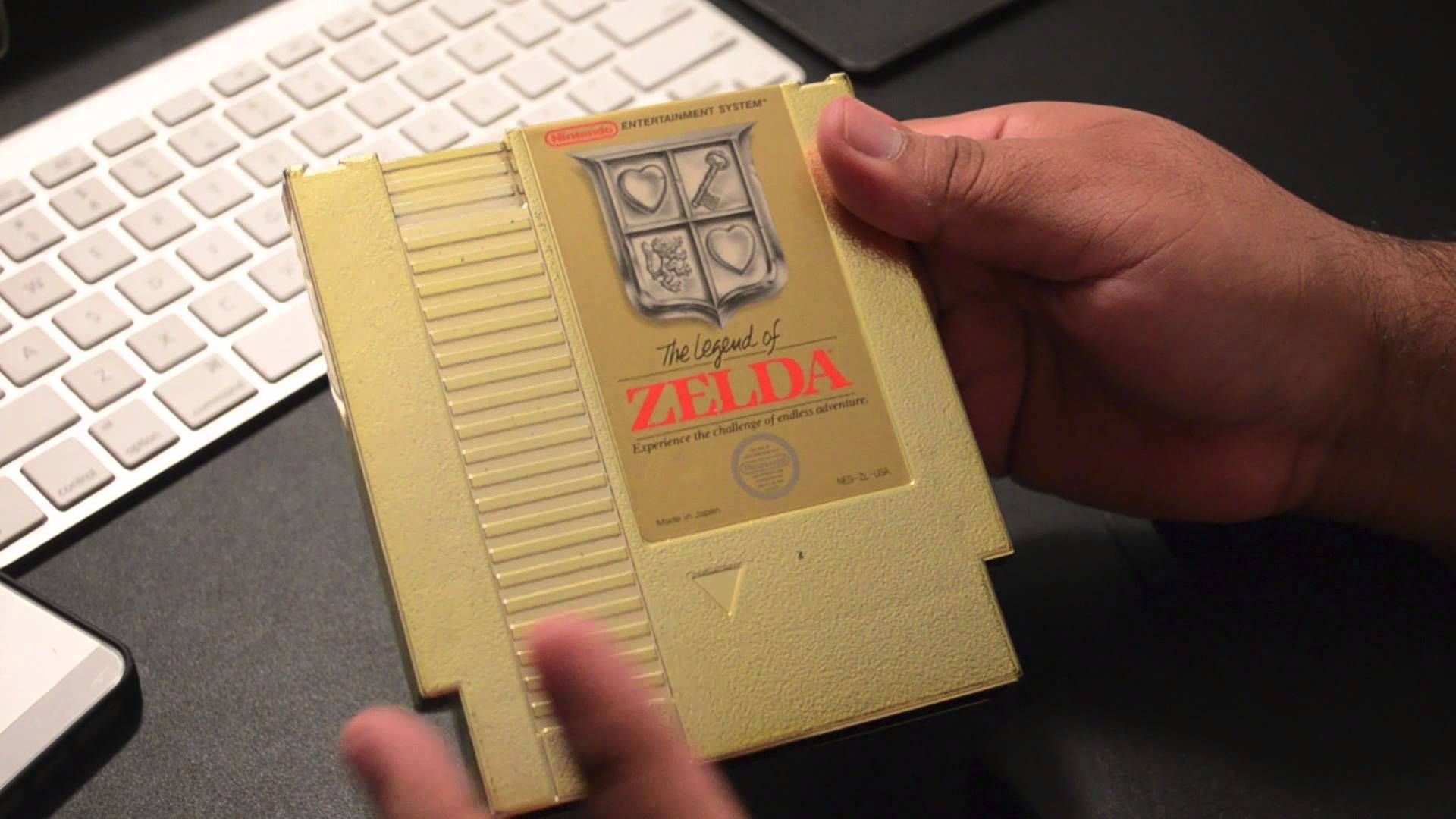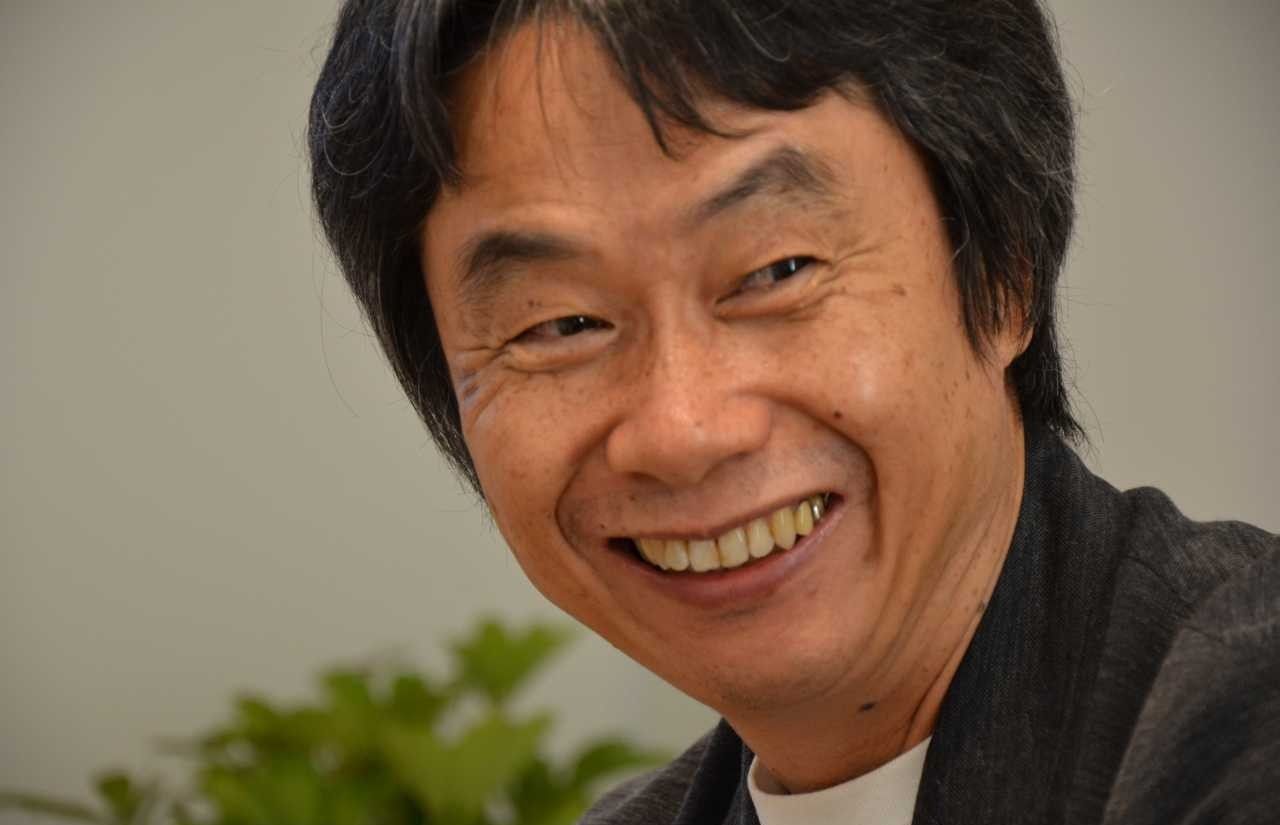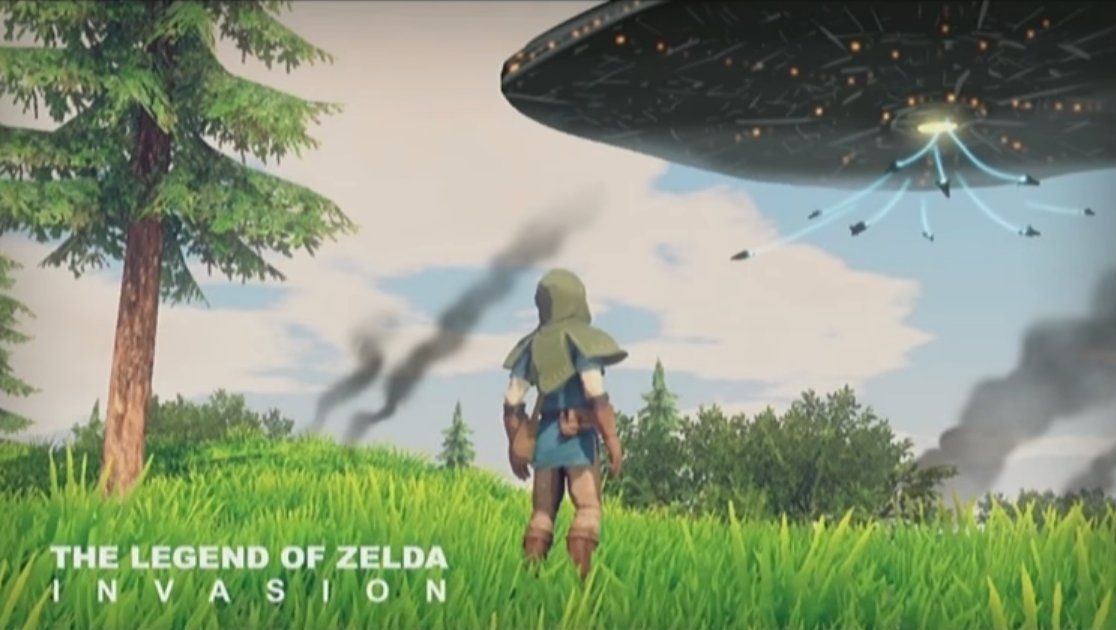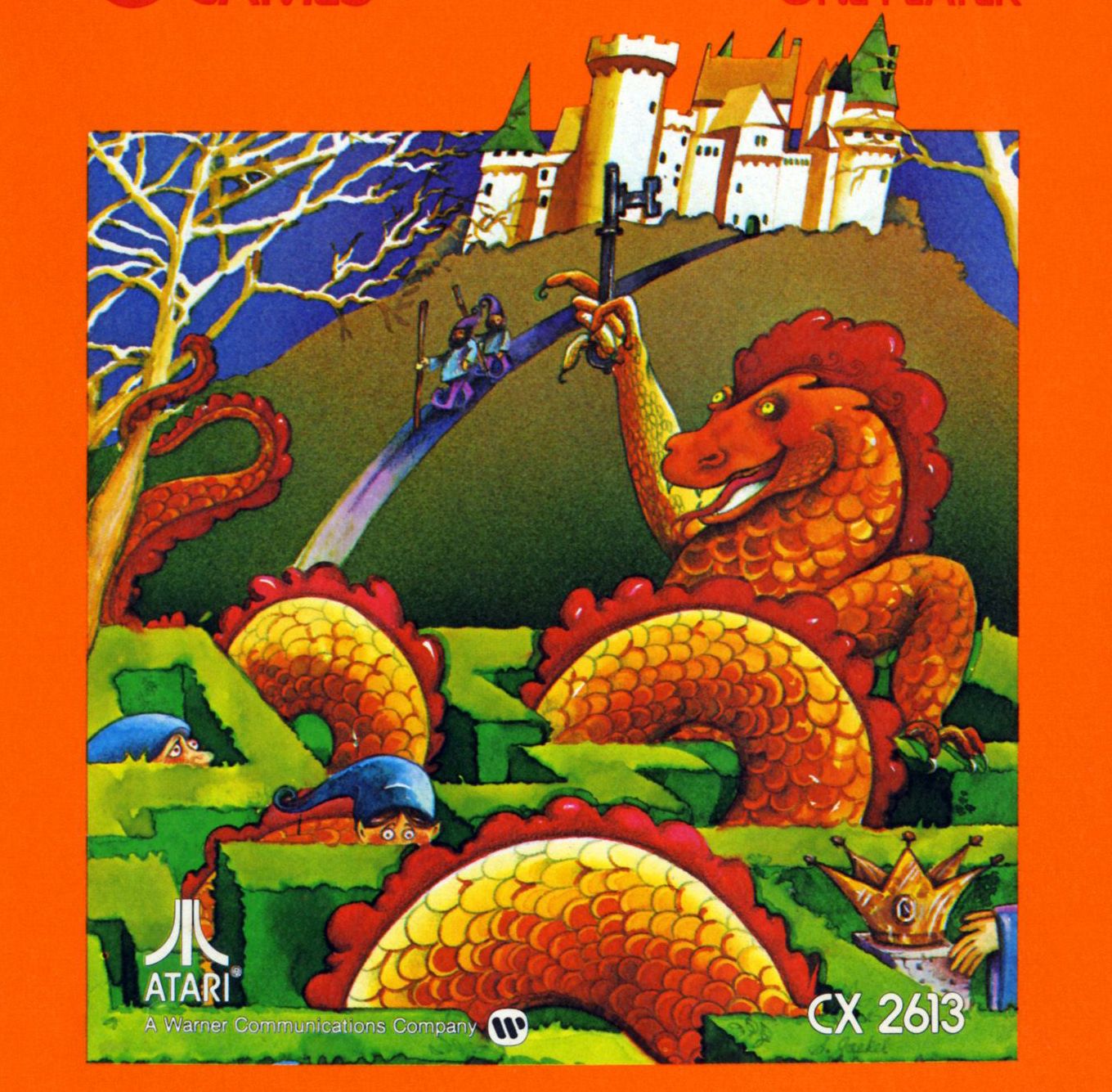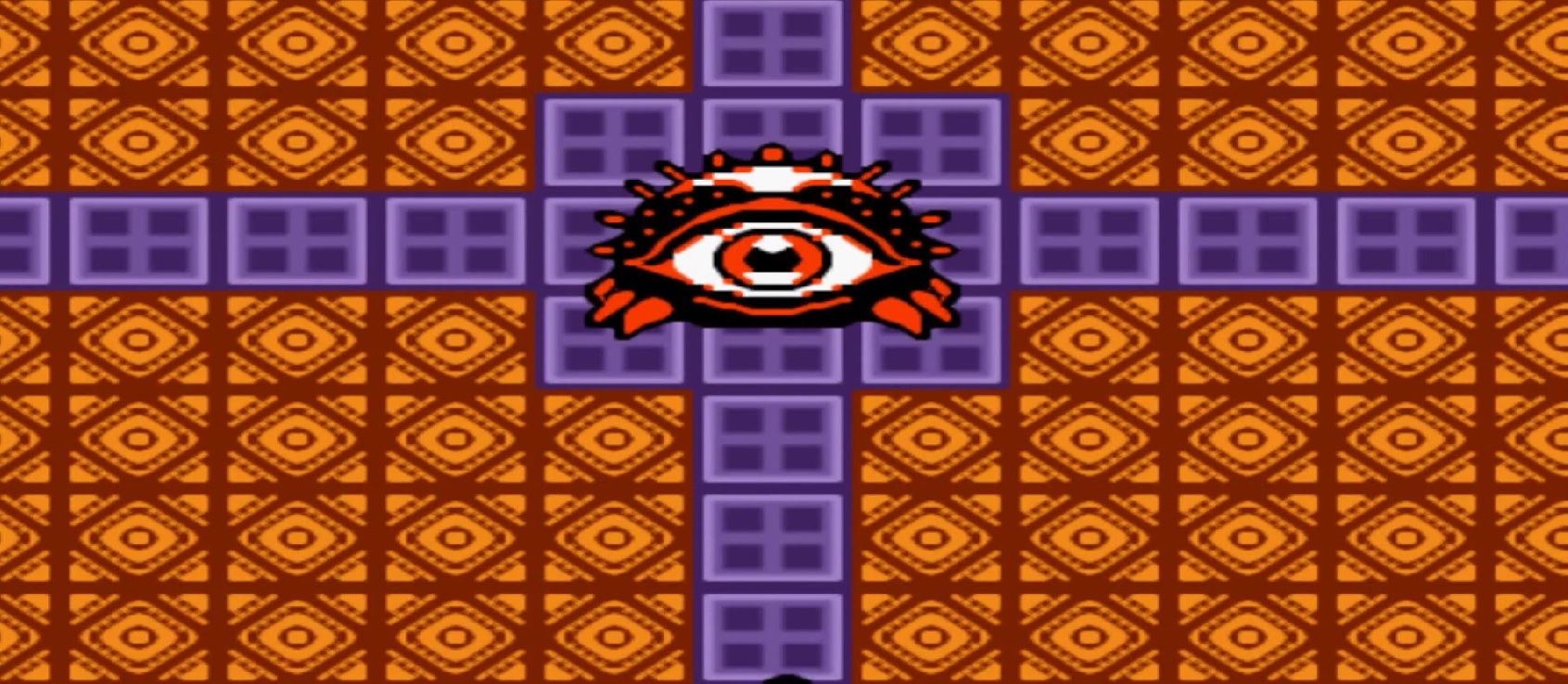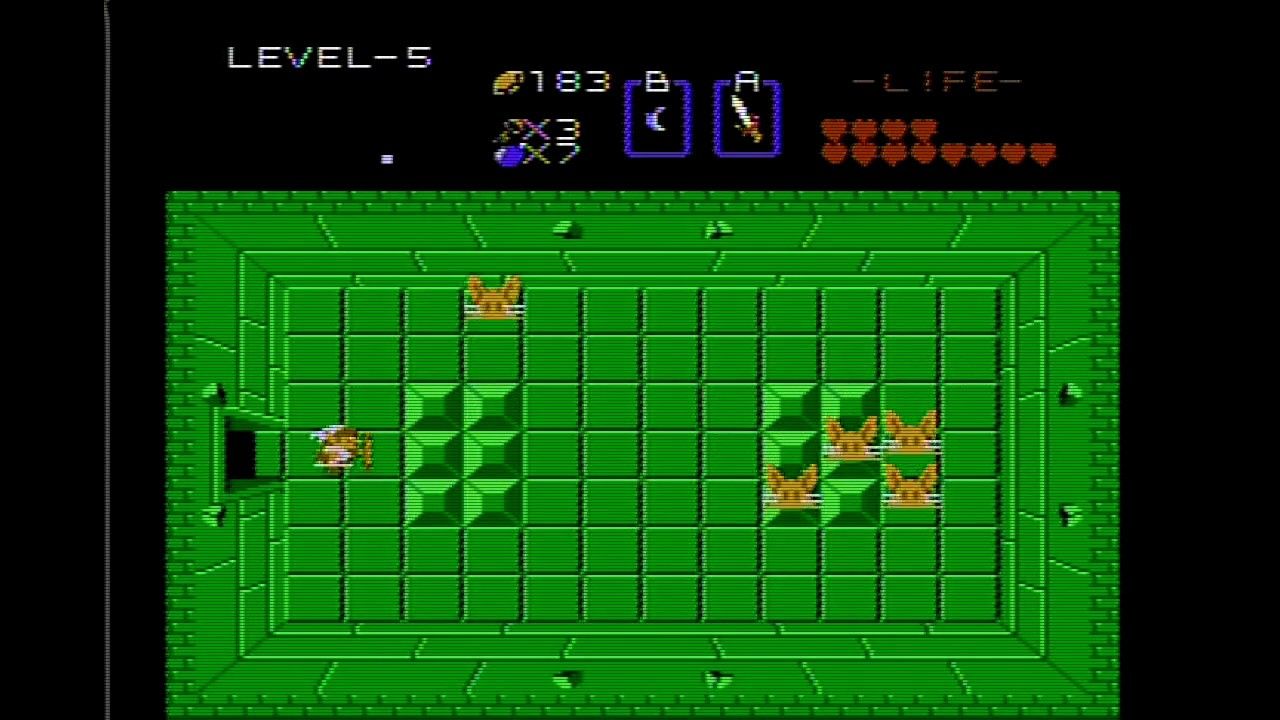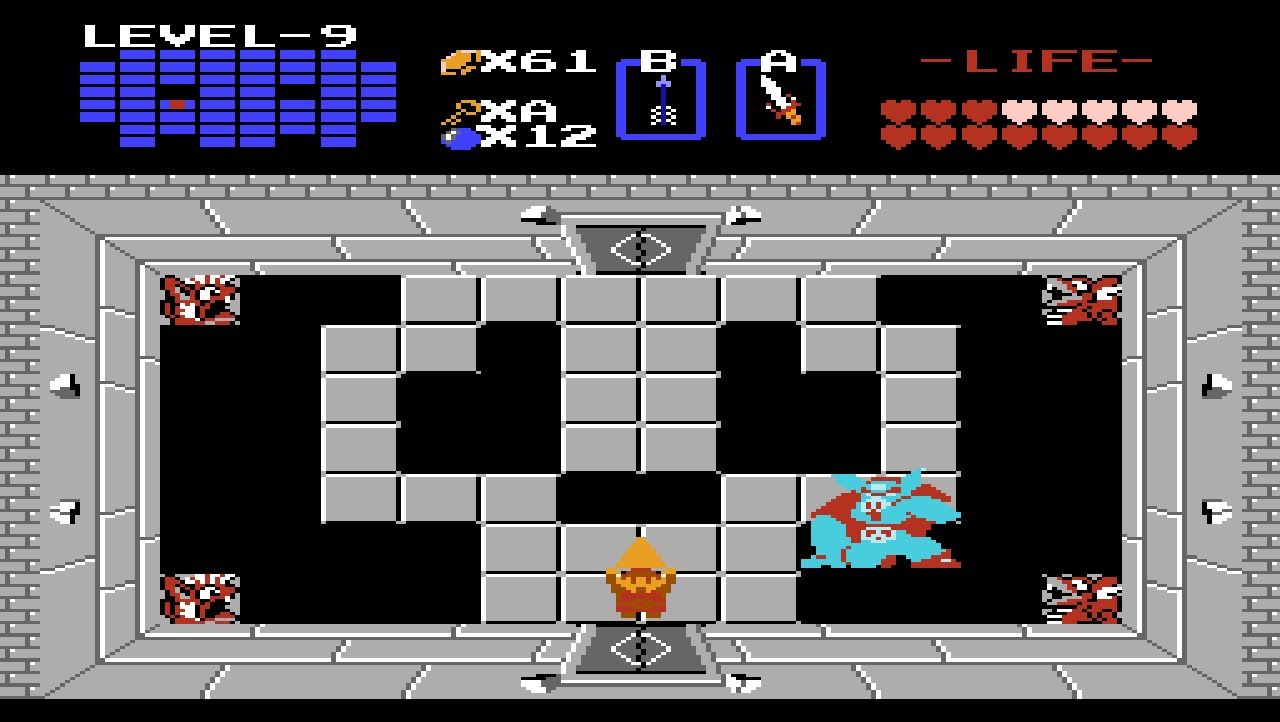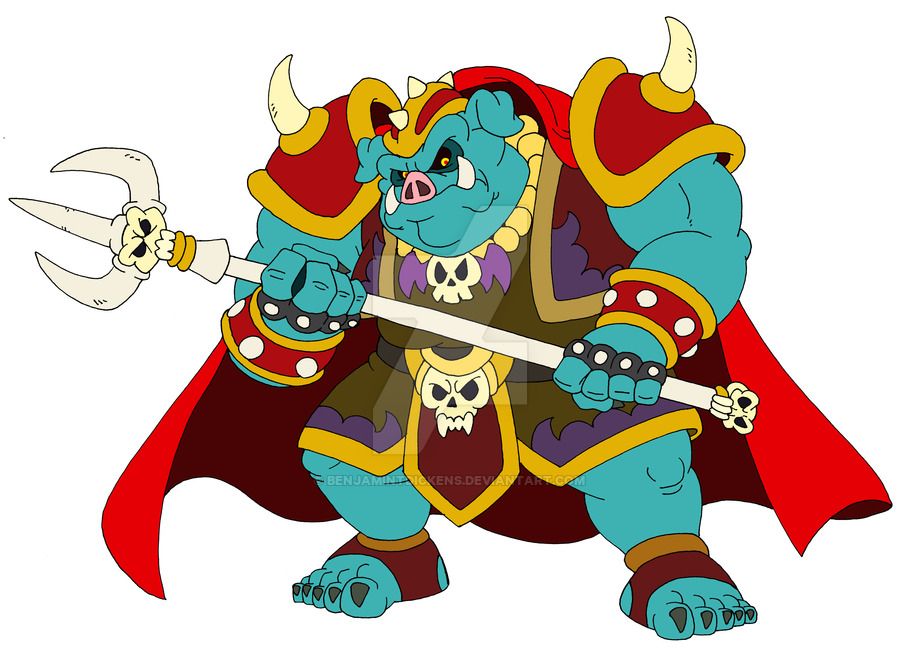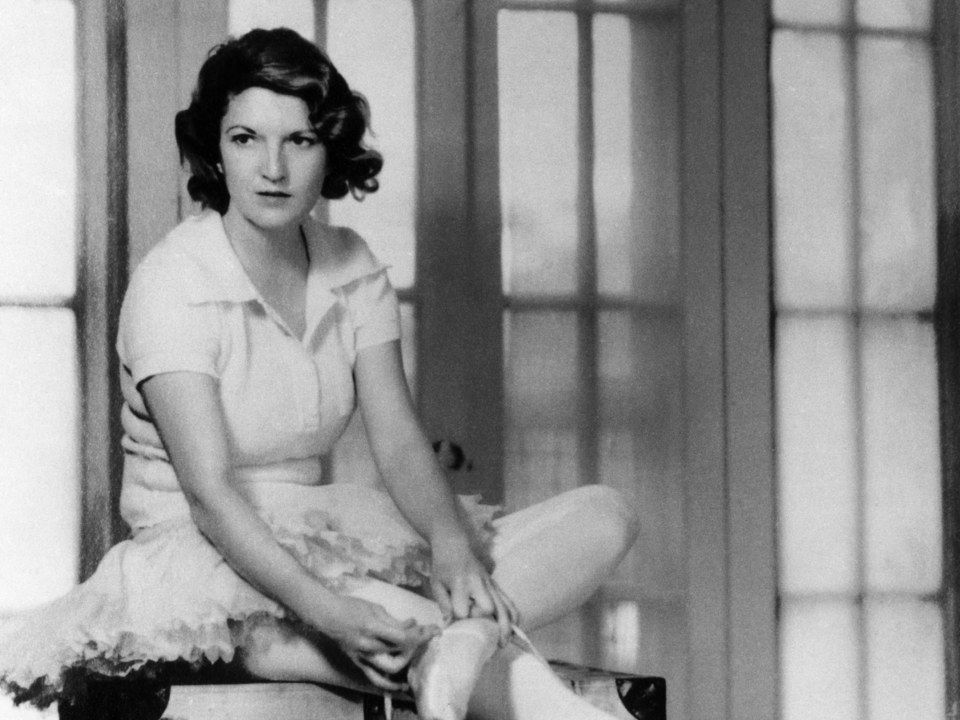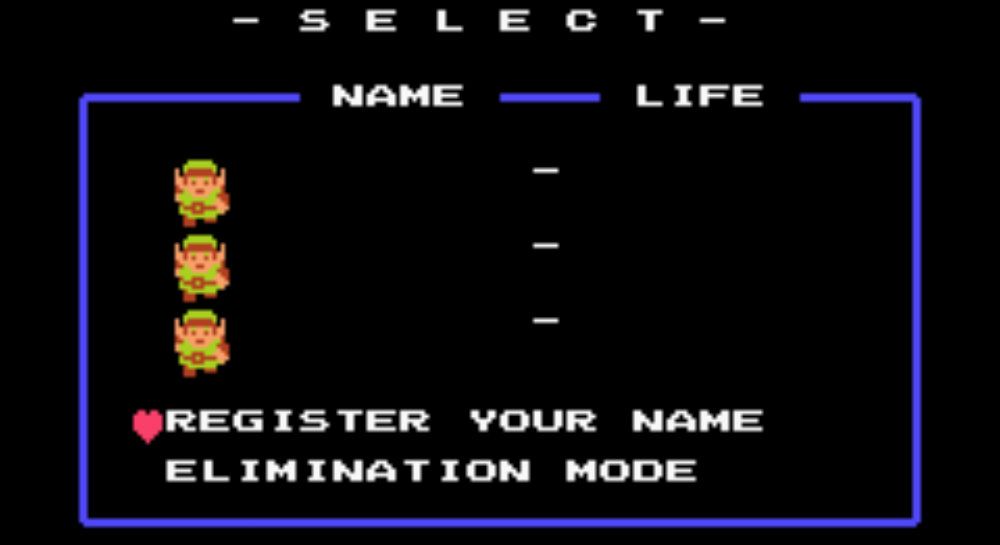When you ask a gamer what are some of the most iconic franchises in gaming, one of those answers should include The Legend of Zelda series. The Legend of Zelda is among gaming’s greatest treasures since its debut in 1986 in Japan. Since then there have been multiple games in the franchise that raised the bar for adventure games. Games like A Link to The Past, Ocarina of Time, and recently, Breath of The Wild, have all been historically acclaimed games that continue to build the series to the place it is at today.
One of the really cool things about Nintendo games is the subtle little details, references, and secrets that are hidden in their games. These neat little finds can bring out the curiosity of many gamers. As such, they spend endless amounts of hours looking to find the next little gold nugget of an Easter egg, sometimes even having to go to great lengths to hack a game to discover its many secrets. The Legend of Zelda series is no exception; there are hidden details, secrets, and Easter eggs, both within the games themselves, as well as the inspiration for their development, hidden all throughout the history of this long series.
Here we will take a look back and bring attention to some of the well hidden (and some not so well hidden) details that were put into designing the very first Legend of Zelda game on the NES. Whether if these secrets are gameplay related, or simply a subtle reference, these are secrets that even the most dedicated of fans may not be aware of.
26 Just See What Happens When You Call Link Zelda
Probably the easiest way to annoy a Legend of Zelda fan is to mistakenly call the main protagonist, Link, the wrong name, specifically Zelda. After all, it’s in the name of the game and video games back in the day commonly used a main character’s name in the title someway.
If you named your game file “Zelda,” something drastic actually happens in the game.
Naming the file “Zelda” will result in the game becoming redesigned as a sort of second playthrough, an early adaptation of new game plus, or in Zelda terms, Master Mode. The second quest will feature restructured dungeons, and they are placed in different areas. It’s almost like playing a new game.
25 It’s A Secret To Everybody
The Legend of Zelda might be rather infamous for its terrible localization. “It’s dangerous to go alone, take this!” is a very famous line that sparked memes and subtle references throughout time. This quote is spoken by a Moblin who hides out in hidden caves. Unlike all of the other aggressive Moblins, this Moblin actually helps Link by giving him rupees. He always says “It’s a secret to everybody.” every time Link finds one of his hidden caves. This line would subtly be referenced in many future Zelda games.
24 Miyamoto’s Image Of Who Link Was Meant To Be
The creator of The Legend of Zelda series is none other than Shigeru Miyamoto. Miyamoto was responsible for a lot of the original game’s concepts, designs, gameplay, and characters. Among the characters he created was the main protagonist Link. Miyamoto has stated that the inspiration behind the character Link is to have a silent protagonist, a role that the player can imagine themselves in, and grow from being an ordinary boy, to one that has become a “Symbol of courage, strength, and wisdom.” In a way, that is how a lot of growing up can be for anyone, not just a fantasy hero of lore. This trait has been reflected in many Zelda games after.
23 A Blueprint For Breath Of The Wild
In 2017 Nintendo launched The Legend of Zelda: Breath of The Wild for the Nintendo Wii U and the newly launched Nintendo Switch. Breath of The Wild is a massive open world Zelda game that was different from the normal traditional games that featured an emphasis on exploration more than puzzle solving. After release, Nintendo had done a video interview series with multiple developers where they would reveal that a 2D prototype would serve as the technological focus of the game. That 2D prototype greatly resembled the original game. In many ways, these two games share a lot of similarities despite being 30 years apart.
22 It’s Dangerous To Go Alone, But You Don’t Have To Take Anything?
When you first start the game, your first instinct is to head into the nearby cave to grab the sword. Well technically, you don’t have to do that. Originally, the sword was in your inventory at the start. However, during development game testers had complained about the game’s difficulty and struggled not knowing what to do or what enemies to destroy.
Then Miyamoto did something rather curious, he took the sword away from the inventory. This was meant to lead the testers on to communicate how to advance through the world and dungeons without mindlessly slashing everything. A simple little change like that changed the narrative of the game from being one based on action and combat, to one based on exploration and puzzle solving.
21 From Triforce Trilogy To Oracle Of Seasons
One of the best games on the Game Boy Color was the dual series The Legend of Zelda games, Oracle of Seasons and Oracle of Ages. These two games had separate storylines with separate dungeons and could connect with each other. Originally, there was supposed to be a third game, but due to difficulty linking three games together, the planned trilogy was canceled.
One of these games was basically supposed to be a remake of the original.
That game would eventually turn into Oracle of Seasons. If you look at the game’s map as well as some of the bosses, you’ll notice that there are a lot of similarities between the two games. That’s because Oracle of Seasons was the intended remake of The Legend of Zelda.
20 Need A Spare Key? Go In And Out Of The First Dungeon
It pretty much goes without saying, but keys are a pretty important item in nearly every Zelda game, without them you won’t be able to get through many dungeons. If you are the kind to do speed runs of classic games, there is one pretty valuable trick you can use to get yourself an extra key. If you go inside the first dungeon, a.k.a. “The Eagle” dungeon, and then leave right away, then come right back in, the locked door in front of the entrance will unlock.
This will allow you to advance through with an extra key, which could be valuable to use in a later dungeon. It is unsure if this is a glitch or it could be intended on purpose, but it makes sense to have a little hack like this available in the first level to ease the player through.
19 Collect All Items First Before Completing A Dungeon
The Legend of Zelda puts a great emphasis on exploration; it isn’t simply about trying to get from point A to point B. With that philosophy in mind, you technically could explore a dungeon, collect the item inside, leave and attempt another dungeon without completing the previous one. Some dungeons do require the use of a specific item in order to get in. Then there are examples such as the White Sword where you can get it after you increase your heart count to five and could potentially get it before even attempting a dungeon. This little design detail further encourages the player to focus on exploration more than just trying to reach the goal.
18 From Gold Ingots To Rupees
One of the commonly known facts for any casual observer of The Legend of Zelda is that the series uses rupees as its currency system. While it may be named after the real world paper currency of India and surrounding nations, rupees in The Legend of Zelda resemble gemstones varying in color. The design of these gemstones is actually taken from another classic NES game.
The Legend Of Zelda rupees are based on the gold ingots from Clu Clu Land.
Clu Clu Land was a launch title for the NES released in North America in 1985. It was a puzzle game where you control a character named Bubbles as you navigate through a maze to collect gold ingots while avoiding enemies. The design of these gold ingots would later be recycled as the design for the rupees in The Legend of Zelda.
17 The Legend Of Zelda, A Dungeon Exploring Game?
Ever wondered how some of the dungeons just simply didn’t fit with the overworld of Hyrule? Like how does this little island contain such a deep dungeon? According to the book “I Am Error: The Nintendo Family Computer/Entertainment System Platform” written by Nathan Altice, a quote from Shigeru Miyamoto stated that the game’s prototype didn’t feature an overworld, that it was simply a game with only dungeons. Miyamoto stated that he "wanted to feature a world above, so we added forests and lakes, and so Hyrule Field took form gradually." In the end, Hyrule turned out to be a pretty awesome game world.
16 The Legend Of Zelda Blessed Gaming With A Save Feature
If you are old enough to remember the days of early arcade and computer gaming, you would know how video games basically had you playing until you either finished the game or failed somewhere along the way. Now think of that with The Legend of Zelda. Scary right?
Nintendo wanted to do something about the progress players made in games so they installed a battery cell into the cartridges that allowed you to save your progress.
It’s a very good thing too because the thought of going through the entire game without saving sounds like a monumental task.
15 A Vision Of Miyamoto’s Childhood
Shigeru Miyamoto was famous for coming up with ideas using unusual inspirations. The magic of his thinking behind The Legend of Zelda actually stems from his childhood memories. Growing up, Miyamoto would go on hiking trips around Kyoto, where he would explore forests, caves, and lakes. This would inspire the philosophy of the game being focused on exploration. Even certain items, like a torch, for example, would be a reference of some of his adventures.
Miyamoto would describe the game as a “miniature garden that they can put inside their drawer.”
The feel of exploration from his childhood adventures is what he was trying to convey when developing the game. Even the dungeons had inspiration drawn from the times where Miyamoto would get lost in his own family’s home that was structured like a maze.
14 The Legend Of Zelda A Sci-Fi Adventure?
The Legend of Zelda has long resided within the genre of an epic, medieval-style fantasy series. However, The Legend of Zelda could have actually been more of a sci-fi series. An early script for the game suggested that the Triforce itself was actually a set of microchips that allowed Link to travel to the past and the future. This detail could be speculated by the glowing nature of the Triforce.
Eventually, the concept of time travel would be used in later games in the series like Ocarina of Time.
Breath of The Wild is the greatest example of the use of sci-fi elements into the Zelda series with large mechanical drones firing lasers at Link and even including a motorcycle for him to ride. It seems it won’t be long before Link has to save Hyrule from an alien attack.
13 The Inspiration To Zelda’s Gameplay: Adventure
During development, Shigeru Miyamoto looked to one specific game as a sort of template for how The Legend of Zelda would play like. That game was an Atari 2600 title simply named “Adventure.” The game involved playing as a simple square model, that square model must navigate through a series of screens to locate specific items.
Just simply watching the footage will show a lot of what would look like an early form of The Legend of Zelda. Adventure was particularly famous for creating the gaming trend of adding Easter Eggs, something that The Legend of Zelda series has done pretty well.
12 Need A Hint About The Digdogger Enemy? Don’t Read The English Manual
One of the bosses in The Legend of Zelda is a moving eye creature known as the Digdogger. The Digdogger can be a tricky enemy to defeat simply by not knowing how to defeat it. If you don’t do enough experimenting, you might look to the game manual as a guide.
However, the English manual provides misleading information about the boss.
The English manual states that the Digdogger will “Shrivel up when attacked.” But if you were to try that you will achieve nothing. The actual Japanese text would inform you that you would need to use the recorder to weaken it first before you can defeat it.
11 A Simple, Yet Impossible Way To Defeat A Pols Voice
One of the most annoying enemies in The Legend of Zelda is the Pols Voice. The Pols Voice are described as ghost rabbit-like creatures that hop around rather unpredictably. They could easily be the worst enemies to encounter in the game if you fight them with your normal items. Fortunately, there is a way to easily defeat every single Pols Voice on the screen.
Pols Voice can be defeated by using the microphone feature on the controller, that is, if you are using a Japanese Famicom System.
The Japanese Famicom System’s second controller had a microphone functionality that, when used, would trigger a sound in the game that would defeat all of the Pols Voice. This feature was not present in the NES controllers despite the game manual advising players that they hate loud noises.
10 The Sword Isn’t Necessary To Go Through Most Of The Game
As previously mentioned regarding Miyamoto’s focus on exploration in The Legend of Zelda, Miyamoto removed the sword from being added to the inventory at the very start of the game. The reality is that you could actually go through most of the entire game without even using a sword at any point. You would need to use it eventually as the sword is required to defeat Ganon. But this little detail just further proves what this game is truly meant to be about. It makes sense that this was intended on purpose to avoid coming off as a random hack and slash every enemy type of game.
9 Later Versions Of The Legend Of Zelda Actually Corrects Some Mistakes
It’s no secret how infamous The Legend of Zelda is when it comes to the game’s localization. There are many poorly written quotes that become long lasting internet memes, misspelling of certain names like “Gannon” among other misspellings, and false information in the game’s manual. Fortunately, later versions of the game that was released on other systems like the Virtual Console service has corrected these mistakes. This made the experience feel less cringe-worthy for those who were experiencing the game for the first time.
8 Where Did Zelda’s Name Come From?
It would be fair to say that The Legend of Zelda is responsible for the popularity of the name Zelda. It is best known to be the inspiration where the late, great, Robin Williams named his daughter. While she was being born, Williams was playing The Legend of Zelda. Thus, his daughter was named Zelda Williams. What about Princess Zelda? Where the inspiration did came that led to her namesake?
According to Miyamoto, he named her Zelda because of the wife of the famous American writer Francis Scott Fitzgerald, Zelda Fitzgerald.
Miyamoto credited the inspiration based on Zelda Fitzgerald’s beauty and uniqueness of her name. As such he made the decision to name the princess, and the game, after Zelda Fitzgerald.
7 The Secret To Save Whenever You Want
As covered earlier, The Legend of Zelda is the very first cartridge-based game to have a save system as opposed to using passwords. This is a very helpful convenience as the game can be pretty difficult at times and may not be beaten in one play session.
However, most players may not know that there is a way to save the game without waiting for Link to lose all his hearts.
In the original NES version, if you press start to access the status screen, then take a second controller and press UP and A, you will access a save screen. This will allow you to save your progress and continue with however many hearts you currently have instead of starting with only three hearts.

